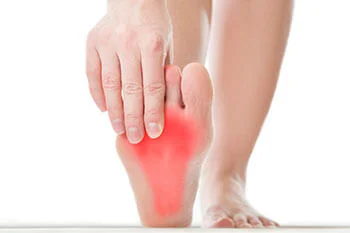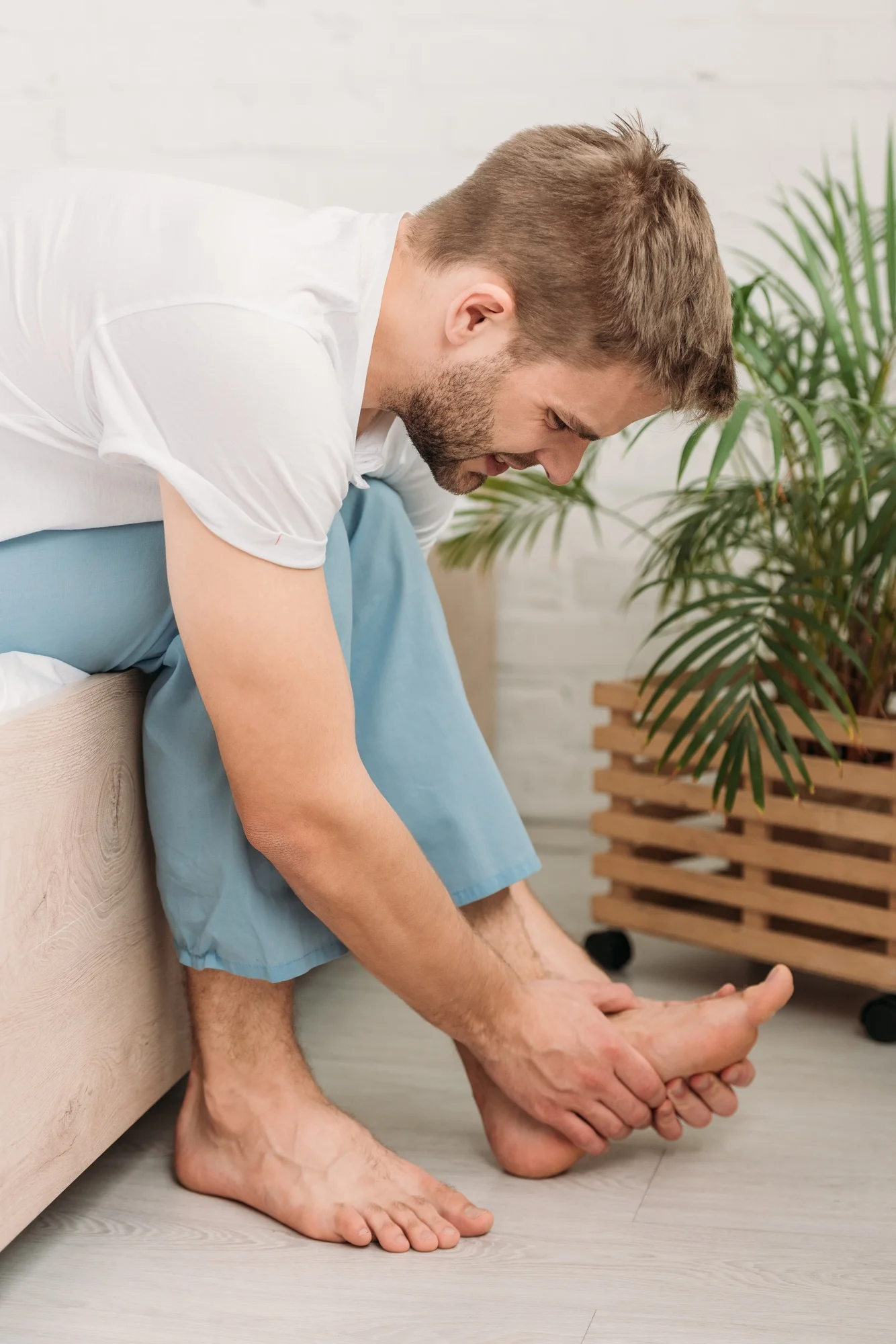Athlete’s foot is a fungal infection characterized by a scaly rash, usually between the toes, that often itches and burns.
In healthy individuals, athlete’s foot goes away on its own. However, if you have underlying conditions, allergies, or blood circulation issues, the rash can spread to your nails or other areas of your body. You can also develop sores and ulcers that leak fluid.
If you suspect you have athlete’s foot and are unsure whether you should wait it out or seek medical attention, read on. We asked our experts at Bay Area Foot Care, with 10 locations in and around San Francisco, California, about when it’s time to see a doctor for athlete’s foot.
You have circulation problems or diabetes
Foot troubles are common in people who have diabetes. About 85% of major amputations are performed on people with uncontrolled diabetes.
If you have diabetes, any cut or fungal infection should prompt a visit to a podiatrist, as your immune system is impaired and can’t fight off infections properly. Left untreated, fungal infections in diabetics can lead to ulcers, which may require surgical removal.
Poor circulation can also impair your ability to fight fungal infections. It prevents the nutrients and growth factors in your blood being carried swiftly to the site of the injury or infection.
Signs of poor circulation include slow-healing wounds, numbness and tingling in the hands and feet, varicose veins, and lethargy.
You’ve had the fungal infection for more than two weeks
Home care treatments such as rubbing tea tree oil on the affected area and washing the feet often are enough for most people to overcome athlete’s foot. However, if your symptoms persist, your immune system may need some help in fighting the fungal infection.
Recurring fungal infections, even those that don’t last for more than two weeks, should prompt you to see a specialist.
You want to prevent the rash from spreading in your household
Athlete’s foot is a highly contagious fungal disease. Although you can reduce the chances of spreading the infection to family members by ensuring that nobody uses your shoes or towels, you can’t totally eliminate the risk of spread unless you seek medical help and treatment.
Get help for your athlete’s foot
Don’t wait for your rash to worsen and spread. If you’ve tried various methods to relieve your athlete’s foot and none of them have worked, contact the Bay Area Foot Care location nearest you, by phone or online, to schedule your appointment.
Our team can help you treat your athlete’s foot by using prescription-strength anti-fungal creams and oral medications.


